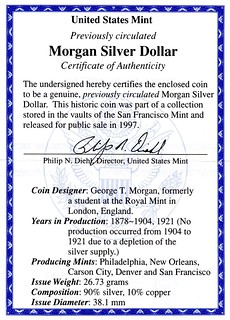
PREV ARTICLE
NEXT ARTICLE
FULL ISSUE
PREV FULL ISSUE
NOTES FROM E-SYLUM READERS: AUGUST 5, 2018Elias Gervais 1721-1791? My concern about Gervais is that he died in 1777 and the Continental Currency pieces don’t appear to have been made before 1783. My opinion on these remains consistent, but I don’t think Gervais is the smoking gun that some see him to be. Julia Casey writes: I wanted to point out that there are sources that indicate his date of death was 1791 (not 1777). Thanks. Julia provided this translation via Google. -Editor The audience is informed that the wine auction of Herr Geheimer Rath Hebron at Trier, which had already been announced on the 2nd of November, was set for 2 pm on the 7th of November, 1791. In the afternoon, Herr Elias Gervais, Geneva, and Pettscherstecher at Neuwied, died So he endeavored to have his engraving tools and instruments taken over by Geneva and Engraver by profession. He flatters all those who respect him with their courtesy To read the original source, see: Politische Gespräche der Todten über die Begebenheiten ..., Volume 2; Volume 6 There is also this. -Editor 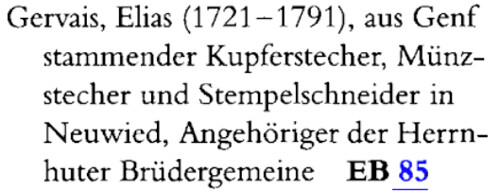 Anfang 1773 – Ende Oktober 1775 Thanks, everyone, for your contributions. It will be interesting to see what turns up next. -Editor To read the earlier E-Sylum article, see: U.S. Mint Green Box Dollar Certificate I purchased some of the silver dollars that were sold from the San Francisco Mint in November 1997. They came with a certificate of authenticity (see attached). I have a single Morgan dollar in the green box and a pair of a Morgan and Peace dollars in a red box. Unfortunately, unlike the so-called "GSA" dollars they are not sealed in a special case but come in a generic plastic capsule - so it would be possible to switch coins (if anyone cared enough to do so). Thanks - I hadn't seen these certificates before. -Editor To read the earlier E-Sylum article, see: More on the Alderman Gold Nugget Medal 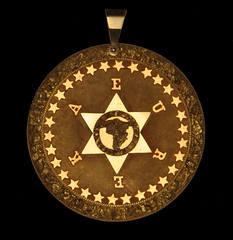 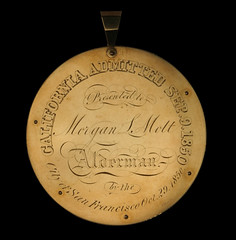 City of San Francisco to Morgan L Mott, Alderman - Gold Nugget Medal Saul Teichman writes: Here is some additional information related to the California medal presented to the Alderman. When Stack's sold the medal in the Ford XX sale, it appears the original Brand journal number was lost over time.    Thanks. Great documentation! -Editor Agreeing with Rex Stark and Alan Weinberg on another topic in that article, Michael Wehner writes: The 1851 "engraved" medal is a well known fake of the 1970s. These turn up on eBay with some regularity. To read the earlier E-Sylum article, see: Query: Windau Study of the 60 Pesos of Oaxaca Sought  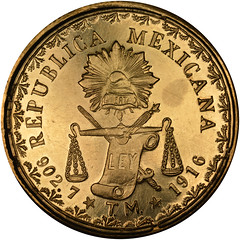 Adrián González-Salinas writes: I read a note published in The Numismatist (April 1942, Page 333) entitled: "Names of Owners of 60 Pesos of Oaxaca Wanted" by Edmund Hower Windau (* 22 July 1886 Watson, PA | + 26 December 1964 San Antonio, TX). There, he commented that he had made a study of the gold 1916 60-pesos Oaxaca pieces (KM-755) and he believed the Howland Wood's (1877-1938) estimate of 21 coins was accurate. So, he wanted to determine how many 1916 gold 60-pesos of Oaxaca, Mexico could be accounted for. Would any E-Sylum readers know if Edmund H. Windau published his study? Great question. His name doesn't sound familiar, but perhaps our readers can help. Anyone? Thanks. I inserted images of the coin from the NGC World Coin Price Guide. -Editor Flavors of the U.S. Mint Did the Family Circus cartoon remind anyone else of the Marx Brothers' 1933 film "Duck Soup" where they discuss the government of Freedonia? From the scene, Secretary of War: Firefly (Groucho): ...How would you like a job in the mint? 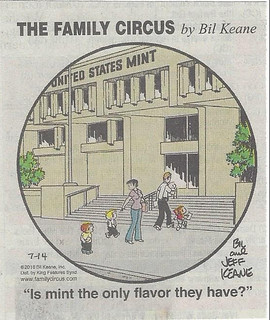 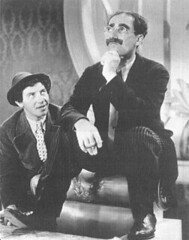 I didn't remember that line. Old jokes never die, they just get recycled. -Editor For more information on the scene, see: The Kitty Litter Method The late John Burns once told me he used the cat litter method to eliminate the smell; I haven't tried it myself though. Worth a try. It can't hurt. -Editor To read the earlier E-Sylum article, see: Egging Your Coins In the April 1870 Mason's Coin and Stamp Collectors' Magazine, the term "Egged" was described as "covering the surface of a coin with the white of eggs to protect it from rust or corrosion." Here are a few follow-up comments on this from an email exchange Craig kicked off with this observation. -Editor Brad Karoleff writes: I did this to help "preserve" my neighbors car once...... Dave Bowers writes: Hmmm. Hadn’t heard about that. Mason was perhaps the most off-the-wall of the late 19th century dealers. Johnn Kraljevich writes: Albumen (or "glaire") was used for a lot of different purposes in the 19th century. It's sort of hard and glossy when it dries and I could totally see someone coating coins with it. It's no stupider than thinking that dipping coins in olive oil is helpful. Mark Borckardt writes: AU Details, Egged NGC Query: U.S. Quarter Information Sought 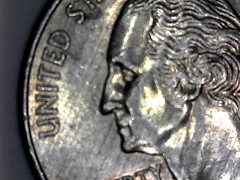 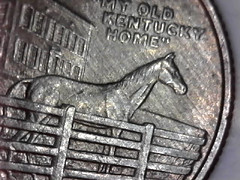 2001-P Kentucky State Quarter Web site visitor Terry Toler writes: I am new to coin collecting after a discussion on a 20 dollar star note. I found this Quarter in my change jar when I started looking for error coins. I joined two online coin groups, United States Error Coins and Coin OPPS. I posted the quarter in United States Error Coins and only got a like with no feedback. Then I posted in Coin OPPS and there Pete Apple gave some insight as to what I was looking at, and spent many hours researching articles on what he said may be "Planchet Striations". The articles were very informative but still left the question unanswered after reading about the pressure of the strike between the hammer and anvil dies. So I started looking at suggested sites like Variety Vista and Error-Ref.com. The closest I could find were what they called "rays". Then that started another search for many hours using the key words like "rays on coins". I finally saw a video on state quarter error collections, and lo and behold the last coin was a quarter he had that looked like it had sun rays on it and he mentioned the word "Trails". Now the search was on again. I searched with key words like "trails on coins" with only a few hits and articles. Then after reading one article that called them "Die Trails", I used the key words "Die Trails" and that search opened up many more web sites. I read a article "Unravel the Mysteries of Die Trails" on Coin World then I found another article, "The Theory of Trail Formation" published by Traildies and this I how I came to contact you. After looking at pictures on your web page this was the closest as to what I was seeing on the quarter. Thanks for reaching out. That's quite a quest. Congratulations on sticking with it. The web is chock full of great information, but finding what you want can be a daunting task sometimes. We've only had one article on Trail Dies, the piece linked below by Jeff LaPlante. I'll try to put Terry in touch with Jeff. Meanwhile, would any readers have additional thoughts, information or suggestions about Terry's quarter? To me, those lines are too plentiful to be Trails; my own guess would be planchet striations, but I'm no expert in these things. Thanks. -Editor 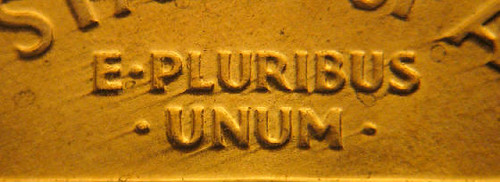 Trail die Web references: To read the earlier E-Sylum article, see: 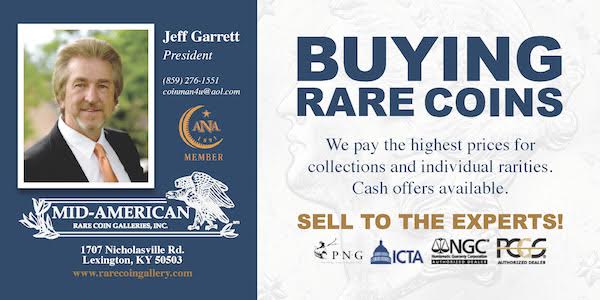 Wayne Homren, Editor The Numismatic Bibliomania Society is a non-profit organization promoting numismatic literature. See our web site at coinbooks.org. To submit items for publication in The E-Sylum, write to the Editor at this address: whomren@gmail.com To subscribe go to: https://my.binhost.com/lists/listinfo/esylum All Rights Reserved. NBS Home Page Contact the NBS webmaster 
|
